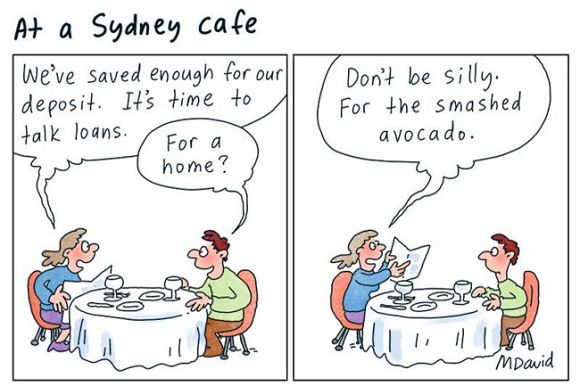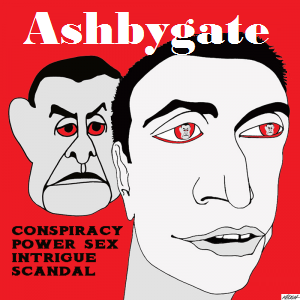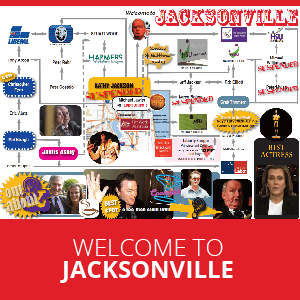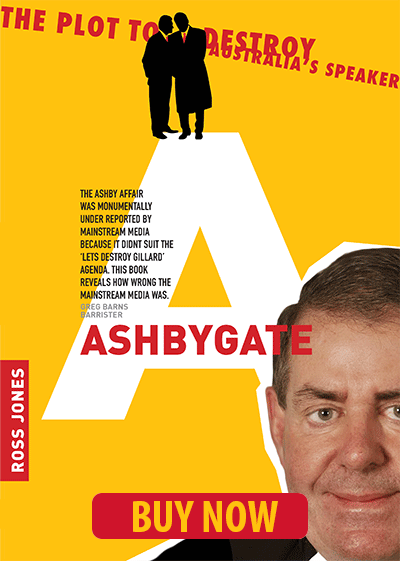With average house prices rocketing to over a million dollars, the Australian Dream has lost its democratic ethos and is fast becoming a dream for the rich, writes Carl Rhodes.
ON 10 JUNE 2025, the Australian Bureau of Statistics (ABS) confirmed that the average house price across Australia had broken the $1 million ceiling.
To be exact, the price rose to $1,002,500. That is about ten times the average annual income before tax. That makes Australia the second most expensive housing market in the world, slightly lagging behind Hong Kong.
When it comes to breaking through the $1 million ceiling, Sydney was the first domino to fall ten years ago, followed by Melbourne and Canberra in 2021. Today, there is no capital city in the country where houses are averaging below the magic million.
It made world news. The BBC headlined ‘Average Australian home passes AU$1m amid housing crisis'. According to Forbes, this was an 'historic milestone'. Britain’s Daily Mail was expectedly more alarmist, reporting ‘Australian dream turns into a nightmare as the value of the average home soars past $1 million’.
The Great Australian Dream
The Great Australian Dream of owning a suburban quarter-acre block furnished with a barbecue, hills-hoist and modest three-bedroom dwelling might seem quaint to people these days. But while the dream is increasingly out of reach for many, it remains deeply embedded in Australian culture.
The early articulation of the idea of the Great Australian Dream is often associated with Ray Lawler's 1955 play, Summer of the Seventeenth Doll. The play was a huge success and toured nationally to audiences eager to see theatre productions that reflected their own lives. Rarely did Australian playwrights’ work get performed back then.
While Lawler did not use the term "Great Australian Dream", his play both documents and interrogates the Australian cultural ideal of the suburban family utopia of home ownership. This was a dream of shared prosperity, economic stability and domestic bliss — all predicated on the idea that every Australian could afford to buy their own home.
Dreaming of democracy
The dream of home and land ownership by working people always had a deeply democratic character. In the post-war "populate or perish" era, 2 million people immigrated to Australia. In keeping with the racist White Australia Policy formulated in 1901, they were from Britain and Europe.
Home ownership boomed. In 1947, little more than half of all Australians were homeowners. Twenty years later, it grew to almost three-quarters, peaking at 73% in 1966. Emerging from the European class system rooted in the historic privilege of aristocratic land holding, the dream of home ownership meant something special to the new Australians.
Home ownership was a sign of being finally unshackled from the concrete inequalities of a European past. Individually, the dream was of independence from an oppressive landlord class. Collectively, it was of a country that could offer prosperity and freedom to all who sought it.
At its heart, the Australian Dream has always been a democratic dream, yet one of a very practical nature. Fusing political and economic ideals, it reflected what equality, solidarity and freedom can mean in a uniquely Australian sense. Being able to own one’s own home was the material realisation of Australia’s promise.
Things are different today. At last count, 67% of Australians owned their own home, with the rate expected to fall to 63% by 2040. That will take us back to exactly what it was in 1954.
Young people are hit especially hard. Today, just half of those in their 30s own or are buying their own homes. For every successive generation born since the post-war baby boom, rates of home ownership keep falling. What is left of the Australian Dream has lost its democratic ethos and is fast becoming a dream only for the rich.
Whose dreaming?
Let’s not kid ourselves. For all of its democratic ambition, the Great Australian Dream began as a dream of white people. For some, that has not changed today despite the demise of the White Australian Policy in 1973 and the rapid growth of multicultural immigration. The land that was bought and sold to furnish the dream’s reality was stolen.
Indigenous Australians, as the original owners of unceded land, were, by and large, excluded from a dream rooted in the racism of terra nullius: a dream born out of the original sin of post-invasion Australia.
As journalist and author Stan Grant wrote in his book, Talking to My Country:
'The Australian dream abandoned us to rot on government missions, tore apart families, condemned us to poverty.'
For much of Australia’s history, Indigenous Australians were legally excluded from property ownership of any kind. The first tentative steps to grant Aboriginal land titles were not taken until 1966 with the establishment of the Aboriginal Lands Trust of South Australia. This was well after the advent of the Great Australian Dream and more than ten years after Lawler’s 1955 Summer of the Seventeenth Doll was first performed at the Union Theatre in Melbourne.
In terms of freehold title, the unjust legacy of our colonial past lives on, as far fewer Indigenous Australians own their own homes compared to the rest of the population. In contrast to the 67% home ownership across the population, the rate is just 42% for households where at least one person who identifies as Indigenous lives.
Rule of the landlord class
Newspaper headlines might call it a "housing crisis", but much worse, it is a "democracy crisis". The extortionate cost of Australian housing is putting Australia on a route that will return us to a form of feudalism where the biggest class divide will be between landlords and renters.
The practical realities of home ownership once reflected a democratic vision of an egalitarian society that could break free from the class-riddled inequalities of Europe's past. That dream was never available to all Australians, but with housing affordability plummeting, it is becoming less and less available to everybody.
On the current trajectory, land and home ownership will once again be the preserve of the rich. A new class divide is emerging, with those on top being defined as those who not only own their own homes, but also own those that others live in — a nation of landlords and tenants. That is not democracy, it is feudalism.
Let’s go forward, not back.
Carl Rhodes is Professor of Business and Society at the University of Technology, Sydney. He has written five books on the relationship between liberal democracy and contemporary capitalism. You can follow him on Twitter @ProfCarlRhodes.
 This work is licensed under a Creative Commons Attribution-NonCommercial-NoDerivs 3.0 Australia License
This work is licensed under a Creative Commons Attribution-NonCommercial-NoDerivs 3.0 Australia License
Support independent journalism Subscribe to IA.

Related Articles
- The Dom Pérignon buyers' scheme
- 'Insiders' ignores hard facts of housing crisis
- Housing crisis worsened by media fearmongering
- Dirty little housing crisis secrets hidden by the mainstream media
- Bank of Mum and Dad making it harder for those less fortunate













